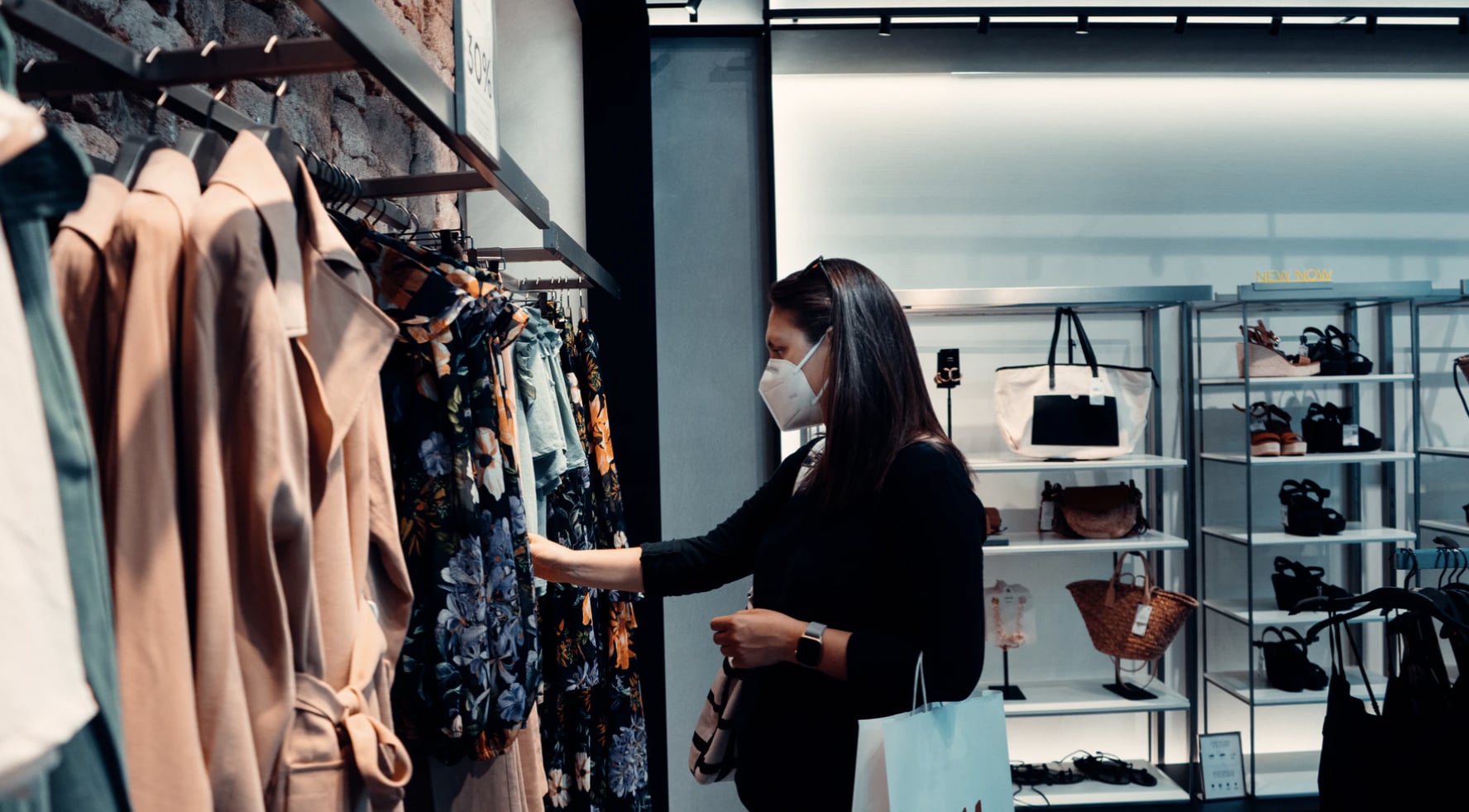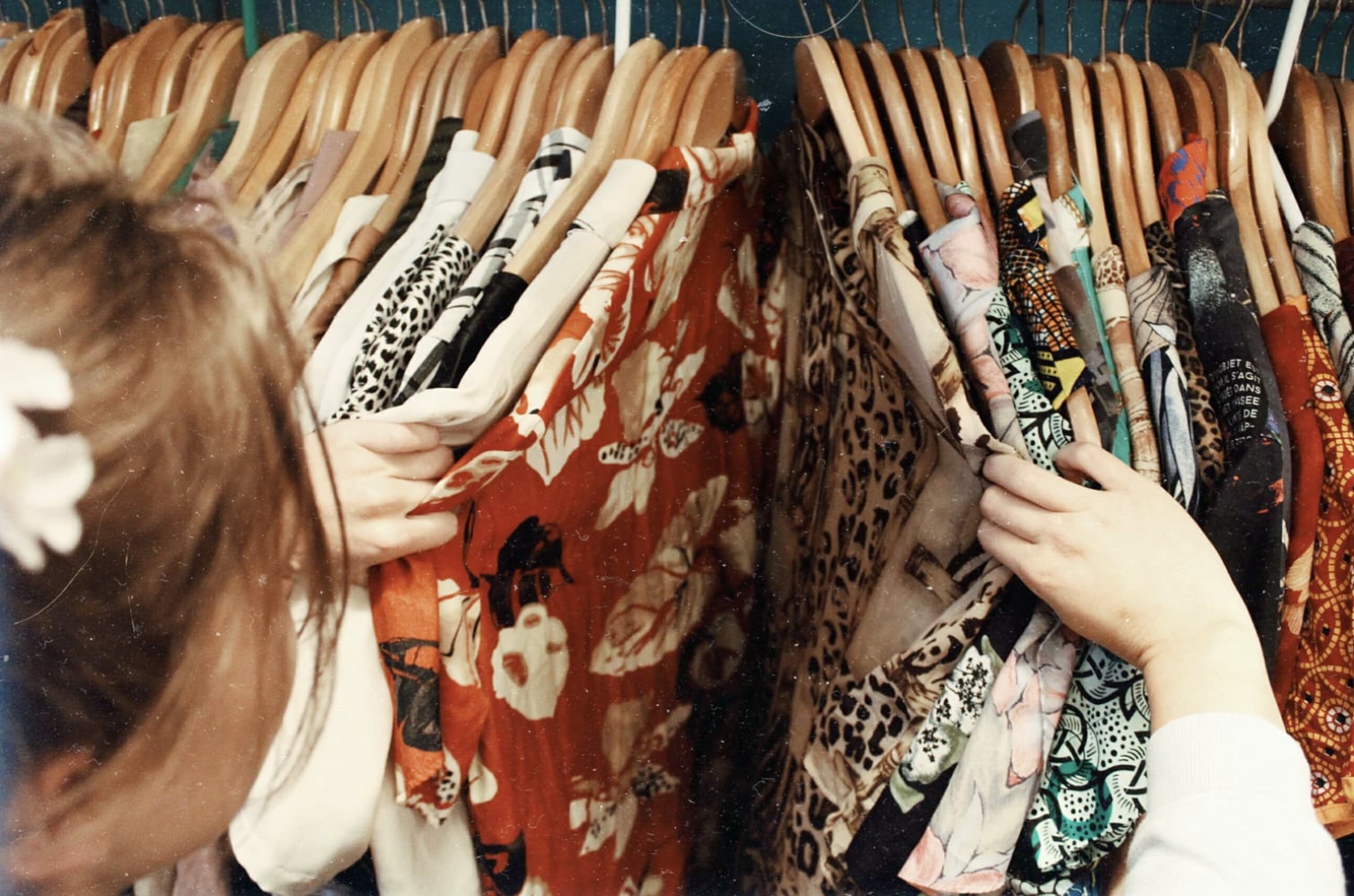In the Age of Stay-Home Style, Do Trends Even Matter Anymore?
Back in my magazine days, as a fashion assistant, I would help design trend boards for the senior editors, who would then use the trends — alongside management directives — to craft photo shoots and build our fashion calendar. Like many fashion assistants I know, I hated this process. Four times a year, you’d spend hours of your day reviewing every fashion show of that season and cataloging the most compelling runway looks, culminating in a runway board covered in the images you curated. Trend folders labeled “Leopard,” “Neon,” “Cargo-meets-runway,” and “Boho-chic” filled my desktop every season.
The thing is, I love fashion, so it was always inspiring to see the collections; it just didn’t make sense to me that we were basing our entire editorial calendar (and success) solely on runway shows. At the time, social media was gaining traction and influencers were proving their purchasing power as they introduced their audiences to new trends. It seemed trends were determined by a lot more than the runway collections I so carefully reviewed. Fast forward a few years, and this is definitely the case. Shoppers no longer rely on magazines and their editors to dictate trends in the age of information overload.
Social Media Has Made Trends Confusing
Last year, I read an article that spoke to the internet’s ability to take micro trends and turn them into all-pervasive fashion trends. It asked readers to decide if the rapid speed at which trends move through the internet makes them less powerful and less appealing. I would argue that it absolutely does. I think because there is so much content to consume and such a large volume of influencers leading the way, it takes the fun out of trends. Before, trends had to be discovered, and it was exciting to spot and then interpret them. They came from fashion designers and were endorsed by a few top fashion magazine editors who had undisputed authority and credibility. These editors were instrumental in determining what we wore. Because fashion was only funneled through editors and designers, it was exclusive and narrow.
But catwalk trends are no longer the directive. There is no prescribed way for how to dress anymore. Instagram and TikTok made trends more fluid and interactive than ever before, essentially creating the equivalent of thousands of magazine editors daily. Influencer content is seen as a recommendation from a friend. The biggest influencers have millions of followers, and their fans are buying pieces just because their favorite influencer had it, wore it, and tagged the brand. Influencers often partner with luxury and fast-fashion brands. They receive massive hauls weekly, which they then share with their audiences, feeding the consumer appetite for what’s new and making that newness covetable.
And I get it; my Instagram feed is also filled with models, influencers, and It girls. I love using these accounts as inspiration. Instead of following the trends they are setting, I see it more as a way to refresh my wardrobe. Not necessarily by buying new things, but by shopping my closet and deciding how I’d like to interpret the trend according to my personal style. It’s really exciting to nail a look or trend when the majority of it was recycled from my closet. With that being said, I would be hard-pressed to not mention trends in the age of COVID-19. A trend relies on people to wear it. And if said people are forced to stay inside, how does it gain momentum?
Trends Have Paused During COVID
As we face an economic recession and many are without disposable income, brands and retailers risk the chance of alienating customers with tone-deaf attempts to push product in the hopes of getting a sale. And in the midst of a pandemic, with some strict stay-at-home orders still in place, no one is really asking, “What should I wear today?” (Let’s be honest, the only real wardrobe concern and trending fashion piece is the face mask.) Overall, it would seem that people aren’t too concerned with how others might see them in the midst of everything else going on in 2020.
Trends are currently on pause as priorities are shifting, and there are Instagram pages dedicated to work-from-home wear and loungewear or trending hashtags like #goingnowherebutf*ckitimgettingdressed. There’s no real way of saying when the pause will end or if consumers are ever going back to following trends. On the one hand, you have individuals enjoying the freedom of not dressing the part, sporting athleisure and old school T-shirts, day in and day out. When I spoke to a few friends about the topic, the majority felt that trends are dead but that there is certain respect to someone well-styled, which often means on trend. Personally, I’ve always admired street style icons who wear trends but make them their own. When we come out of this, I’m convinced we’ll be talking more about personal style and less about what’s trending.
Trends Will Still Matter Post COVID, but Not to Everyone
During the pandemic, everyone seems to have mutually agreed that sweatpants and activewear would be our only uniforms. Most days, it’s a decision I strongly support. Why dress up if I have nowhere to go? Why change out of my pajamas if I’m spending the day in my room? And why put on pants to go to the market when everyone else is in yesterday’s clothes? Other days, I really miss dressing up! I miss spending hours scrolling through websites and Instagram and being in awe of how well the latest trend was styled, making me eager to try it. I miss being told I’m a trendy dresser by friends and random strangers. I miss the feeling and excitement I get from trends.
And I’m not alone. Fashion historians predict people will look forward to having a reason to go outside again, and their outfits will speak to that. Once consumers have recovered from the financial strain of the pandemic, I think they’ll be even more delighted to shop. I also think people who never cared for trends or being “stylish” might be newly inspired to participate. Being trapped indoors may create an awakening in even the least fashion-conscious person. And the great news is, there is so much visual information out there constantly repopulating our feeds that it will produce a greater desire for the new, the next, and the maybe.
What Happens Next?
Trends will no longer be seen as law, but merely a guide for consumers. It will give us structure. Trends will be ideas that orient us. Inspiring suggestions that people can choose to adopt or dismiss. We use fashion as a way to express ourselves, and as we are constantly influenced by friends, role models, celebrities, influencers, politics, and pop culture, the search for new, cool, and different will always be important to us.
Source: Read Full Article

